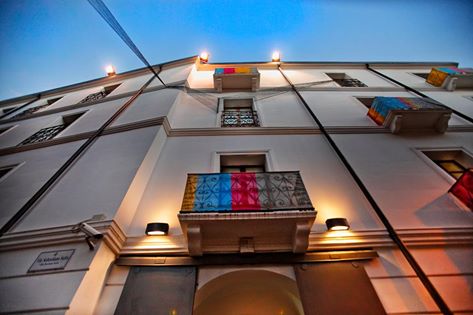The exhibition was curated by Giuliana Altea, created by EIKON snc (Nuoro) with the patronage of the Department of Tourism and Crafts of the Sardinia Region and with the contribution of the Banco di Sardegna Foundation. The MAN exhibition, with over 110 pieces, was the first to present a broad cross-section of the artist’s ceramic production. Having approached this technique as a self-taught person in 1955, when he was already an established sculptor, Tilocca ranges from the exuberant materialism of the beginning to an expressionism that dialogues freely with contemporary plastic research, revisiting in an original way the lessons of authors such as Marino Marini and Henry Moore, and then in the Seventies he arrived at more controlled, spare and dry compositions, in which the investigation into form almost entirely burns away any narrative residue.
Vitalism, sense of colour, formal tension are the salient qualities of the ceramics of Gavino Tilocca, one of the leading figures in the world of Italian ceramics between the 1950s and 1960s, at a time when this technique was going through a phase of renewal in harmony with the new trends in art and taste. Multi-awarded at the national ceramic competitions in Faenza, protagonist of the Biennials of Sardinian craftsmanship, Tilocca is among the happiest interpreters of an archaic style of expression, linked to the evocation of Mediterranean myth and an idealized prehistory.
The central nucleus of the exhibition were the small sculptures to which Tilocca owes above all his fame, inspired by the Nuragic past or the popular world of Sardinia and centered on the motif of the juxtaposition between human and animal figures. Alongside these works, characterized by an abbreviated compositional syntax and refined chromatic research that underlines their anti-naturalistic tone, the exhibition presented the other genres and thematic threads that engaged the artist: furnishing objects, which favor motifs associated with the Sardinian tradition (such as the stylized female figures in regional costume, or animals full of symbolic values such as the wild boar), the architectural decoration, (which, in the climate of lively interest in the “synthesis of the arts” and the collaboration between designers and visual artists of the post-war period, represented an important aspect in the career of every ceramist, and which is documented in the exhibition through sketches, small panels and photographic enlargements) and finally, the portraits, which constitute a moment of continuity with sculpture, and in such as Tilocca adopts a more composed and classical language and a tone often slightly tinged with melancholy, without forgetting the richness of chromatic cues typical of the rest of his production.

